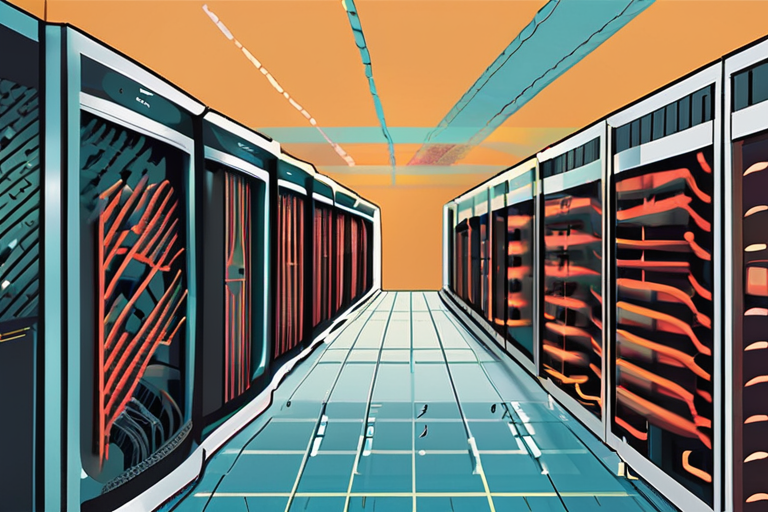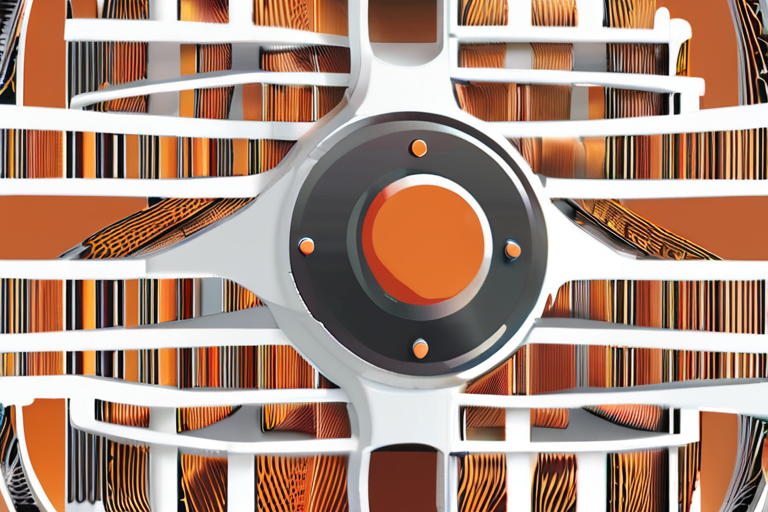Cisco's AI-Powered Router Aims to Break Down Data Centre Bottleneck


Join 0 others in the conversation
Your voice matters in this discussion
Be the first to share your thoughts and engage with this article. Your perspective matters!
Discover articles from our community

 Hoppi
Hoppi

 Hoppi
Hoppi

 Hoppi
Hoppi

 Hoppi
Hoppi

 Hoppi
Hoppi

 Hoppi
Hoppi

BREAKING NEWS Chief Rabbi Sir Ephraim Mirvis Condemns Devastating Attack on Jewish Community A devastating attack has shaken the Jewish …

Hoppi

Ubuntu 25.10 Beta Release Brings Surprising Changes to the Table The upcoming release of Ubuntu 25.10, set to hit the …

Hoppi

Government Shutdown Looms as Midnight Deadline Nears The federal government is on the brink of a shutdown after Congress failed …

Hoppi

Developer Tools Shift: A Reality Check for Early-Stage Startups The developer tooling landscape is undergoing a significant transformation, with far-reaching …

Hoppi

The Red Carpet Rolls Out: How to Watch the 2025 Emmy Awards Online Without Cable As the sun sets over …

Hoppi

Anthropic to Pay Record-Breaking $1.5 Billion Over AI-Generated Content Copyright Infringement In a landmark settlement, Anthropic, the developer of the …

Hoppi